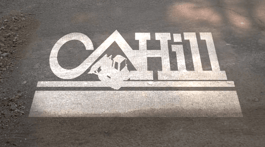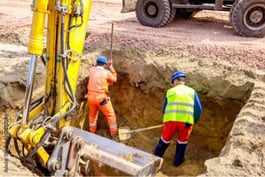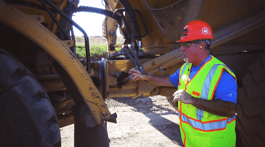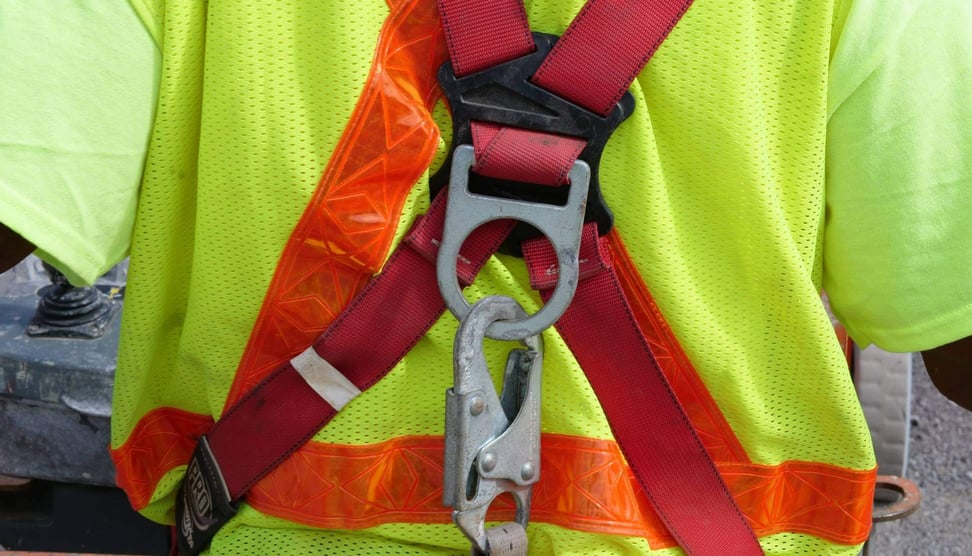
- Intro
- What is construction site safety?
- Why are safety regulations necessary?
- Establish an effective site-specific safety plan (SSSP)
- Conduct site safety audits
- Introduce a site safety orientation program
- Post site safety signs and warnings
- Implement a risk management system
- Ensure good communication among site workers
- Keep the site clean and organized
- Implement site security measures
- Prepare for emergencies
- Set your crew up for success
Site safety is one of the main priorities for construction companies worldwide. From protecting your workers to avoiding fines and penalties, the importance of construction safety measures cannot be overstated. As safe construction sites are also more productive and efficient, employers are trying to find new ways to keep their frontline and in-office employees safe and healthy.
Maybe you think your employees undermine your workplace safety policies by not taking them seriously enough. But it’s your responsibility as an employer to actively build a culture that fosters safety. It is your job to ensure site safety and that your employees follow all construction safety procedures.
Suppose you or your crew underestimate construction site safety hazards. In that case, it might help to know the construction industry experiences more workplace fatalities and injuries than any other sector. Every year, it reports about 150,000 job site injuries.
Nobody wants to see their workers injured. An on-the-job injury can sideline one of your key players for weeks, months, or even years. If your negligence causes the injury, you risk fines, site shutdowns, and damage to your site's safety record and reputation.
What is construction site safety?
Construction site safety comprises safety measures, personal protective equipment, traffic control, site layout, hazard identification, and communication.
Congress established the Occupational Safety and Health Administration (OSHA) in 1971 as a response to the increasing number of workplace fatalities and injuries associated with economic expansion. OSHA's mission is to "ensure safe and healthful working conditions for workers by setting and enforcing standards and providing training, outreach, education, and assistance."
To achieve its mission, OSHA has developed standards and guidelines to help make construction sites safer. Employers must follow these regulations to create a safe work environment and avoid hefty fines.
Why are safety regulations necessary?
Construction site safety regulations protect workers, the public, and property from the inherent risks of construction site work activities. If your worksites are not safe, neither are your construction workers, which puts your company at risk of liability and site shutdowns. The construction industry is notorious for the high level of difficulty it faces finding skilled workers, so you can't afford to have your top talent sidelined by an injury.
Physical safety is not the only reason site safety regulations are important on your worksites. Your company’s reputation is also at stake. If you don't have a good safety record, it will be challenging to attract good workers, influencing the contracts you can win.
Workers and clients respect safety-focused companies. A solid culture of site safety can be a crucial differentiator in the bidding process. A good reputation for safety will also help you keep your insurance premiums low.
Most site safety tips and standards are just plain common sense. But when a worker's life is on the line, site safety refreshers are always a good idea.
This blog post will cover the top 10 construction site safety tips for employers and workers in 2023. Following them can help create a safe work environment and avoid accidents, injuries, and fatalities.
1. Establish an effective site-specific safety plan (SSSP)
The first step to ensuring site safety is establishing a site-specific safety plan tailored to the specific hazards at your worksite. It should address all aspects of site safety, from hazard identification to worker training and communication.
You should develop SSSP before work begins on the site and review and update it as the work progresses and site conditions change. Everyone on a construction site—all site workers, not just safety professionals—should be aware of the SSSP and know how to find and use it in an emergency.
2. Conduct site safety audits
Another important tip for site safety is to conduct regular safety audits. Safety audits help you identify potential hazards on your site so you can take steps to mitigate them. They also ensure your site complies with OSHA standards and other regulations.
Ideally, a qualified third-party safety consultant should conduct safety audits. If your budget doesn’t allow this, you can conduct them in house. Just make sure to assign a qualified auditor with the time to do a thorough job.
You should conduct safety audits at least once per month. If your site is high risk or undergoing a lot of changes, consider more frequent audits.
3. Introduce a site safety orientation program
All employees on a construction site, regardless of their position, should receive site safety orientations before they start work. Orientations help workers understand the potential risks and hazards present on the site and how to stay safe while working.
Orientations should be site-specific and tailored to the hazards present at the particular worksite. A qualified site safety professional, such as a safety manager or site safety representative, should conduct them.
Consider providing the orientation at least once per year to ensure workers are up to date on-site safety procedures.
4. Post site safety signs and warnings
One of the most basic but essential site safety tips is to post signs and warnings where workers can see them. Post them at all entrances to the site, work areas, and near potential hazards.
Write all safety signs and warnings in clear, easy-to-understand language and ensure they are large enough to be seen from a distance. If you're using symbols, make sure they're internationally recognized so workers from all backgrounds can understand them.
5. Implement a risk management system
Construction risk management is a process of identifying, assessing, and mitigating risks on a construction site. It's an integral part of site safety and can help you avoid accidents, injuries, and fatalities.
A risk is anything that will cause delays, additional costs, or harm to people or property. To create a strong risk management system, you must know the risks you face and how to mitigate them.
Safety Risk: This type of risk can cause injury or even death to people working on a construction site. It includes risks from falling objects, electrical hazards, and exposure to harmful substances.
Financial Risk: If not appropriately managed, financial risk can cause delays and cost overruns, leading to financial losses to the company. Financial risks include faulty materials, poor workmanship, and change orders.
Legal Risk: These risks can lead to legal actions against the company and costly litigations. They can include site safety violations, contract disputes, and environmental damage.
Project Risk: Project risks can cause delays and prevent the project’s timely completion. They can include material shortages, equipment failures, and bad weather.
Environmental Risk: These risks can harm the environment or people working on site. Environmental hazards include air pollution, water pollution, and noise pollution.
It's important to identify all above mentioned risks early on, so you can take steps to mitigate them before they cause accidents or delays.
6. Ensure good communication among site workers
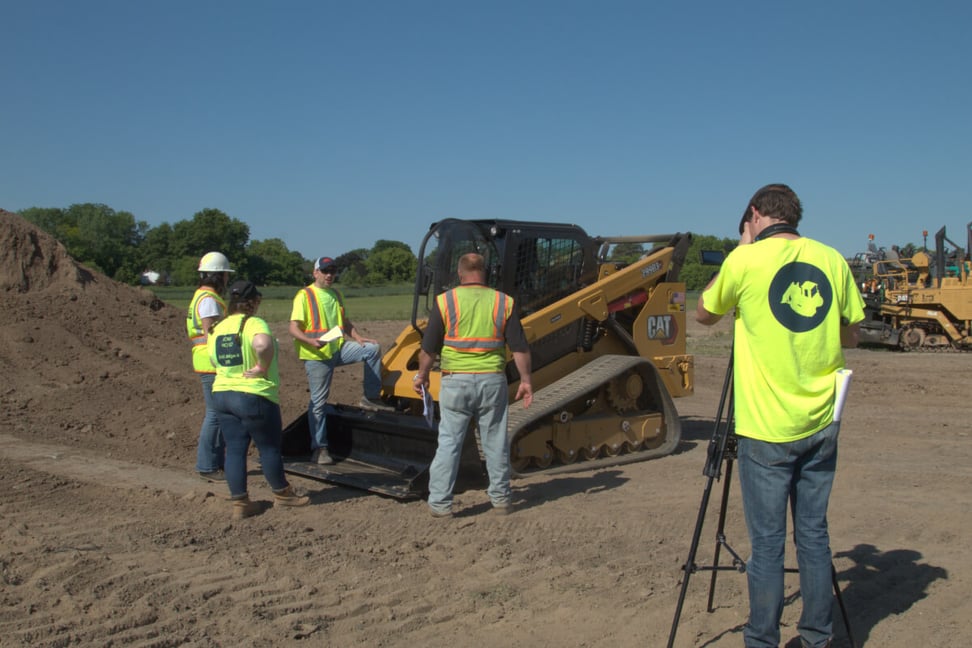
Good communication is essential for site safety. Workers need to be able to maintain communication with each other and with site management. It's up to you as an employer to ensure that communication channels are open and accessible.
On a construction site, miscommunication can be expensive. According to a report from PlanGrid and consultancy FMI Corp., poor communication and data management cost the U.S. construction sector over $177 billion annually. The same report warns that over 14 hours are wasted per person every week due to poor communication.
There are many ways you can improve communication on a construction site:
- Establish clear channels of communication between workers and management.
- Ensure everyone on site knows how to use the communication system.
- Conduct regular meetings to keep workers up to date on-site safety procedures.
- Create a site safety bulletin board where workers can post messages and updates.
- Encourage workers to report any safety concerns to management.
7. Keep the site clean and organized
A messy site is a hazard in itself. Safety management is crucial. Construction site litter, debris, and tools left lying around can cause trip hazards, blocked exits, and other safety problems.
The best way to provide a clean job site is to establish a site cleaning schedule and assign workers responsibility for specific areas. Daily site cleanup should be part of every worker's job, and you should organize regular inspections to ensure the site is free of hazards.
8. Implement site security measures
Construction sites are often targets for theft, vandalism, and other crimes. Those crimes have a huge impact on companies beyond the cost of stolen equipment or materials. The time it takes to replace stolen items causes productivity losses and delays to your project.
Preventing worksite theft and vandalism can mean the difference between profit and loss for a project. Consider taking the following measures to protect your site and workers:
- Install fencing
- Lock away valuable tools or materials
- Keep areas well lighted
- Track all materials
- Deploy mobile surveillance cameras
- Require all visitors to sign in and out
- Lock oil and gas caps
- Maintain an up-to-date inventory of all site items
9. Prepare for emergencies
Emergencies can happen anytime. Your safety plan must prepare your site and workers for them. Emergency Response Planning (ERP) helps you identify the potential hazards at your site and plan to deal with them.
Good ERP covers all the potential emergencies that could occur at your site, including fires, chemical spills, severe weather, and power outages. It should also outline the procedures for evacuating the area and accounting for all workers.
You should regularly review and update your ERP and ensure all workers are familiar with the procedures. Everyone on site should know what to do and where to go in an emergency. Having an emergency plan in place will help you to react quickly and effectively in the event of an accident or other emergency.
Your emergency plan should include:
- A list of emergency contact numbers
- The location of first-aid kits on site
- The locations of fire extinguishers on site
- Evacuation routes and assembly points
- A process for dealing with power outages
10. Set your crew up for success
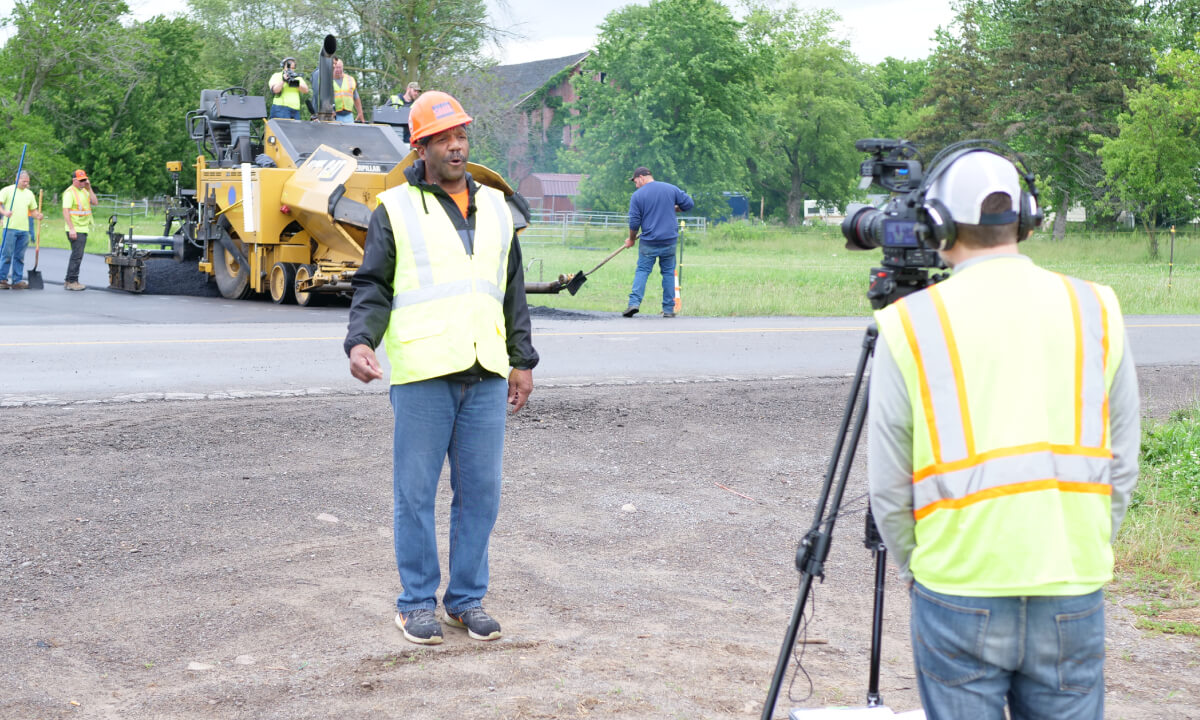
Preparing your workers to do their jobs goes beyond training them to use safety equipment. Construction site workers are vulnerable to falls, electrocution, and struck-by accidents in an industry with one of the highest fatality rates. Exhausted or distressed workers are more likely to make mistakes and be accident prone. Heavy alcohol consumption and drug abuse, unfortunately not uncommon in the industry, can contribute to workplace accidents.
According to the American Addiction Centers:
- 12% of construction workers have an alcohol use disorder compared to 7.5% nationally
- 16.5% reported heavy alcohol consumption within the past month, nearly twice the average of all full-time workers surveyed
- 11.6% reported illicit drug use within the past month
- 14.3% were diagnosed with a substance use disorder in the past year, more than 1.5 times the average of all full-time workers surveyed
Taking care of your employees means more than ensuring a physically safe job site. They also need resources and support to stay healthy and substance-free. Foster a climate of understanding and respect by communicating that your workers can come to you with any concerns or problems. By taking these steps, you can prevent accidents, injuries, and fatalities on your construction site.
Final words
While many workers may consider site safety measures a nuisance, they are legally required for good reason. Without regulations, the dangers they routinely face could injure site workers or even be fatal. Before starting, consider creating a site safety plan.
Safety protocols should be integral to your corporate ethics. To accomplish this, you need to incorporate rigorous safety training. Take site safety seriously so your workers will, too.
Using the aQuiRe platform, you can ensure all your site and in-office workers are getting the training they need to stay safe on the job. The aQuiRe app has a growing library of over 300 training modules, quizzes and certifications, short videos from real job sites, machine inspection surveys, and equipment checklists. It's the perfect tool to keep your construction crew safe and your insurance rates low.
To learn more about aQuiRe, its skill center, standards logging, and customized content, visit CAHill TECH or book a free demo here.

